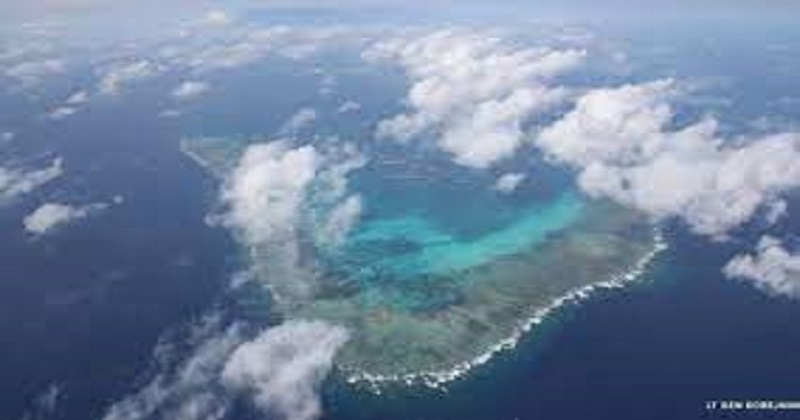
In disputed areas of the South China Sea, swarms of Chinese vessels dump human waste and wastewater, causing blooms of algae that damage coral reefs and threaten fish. ‘Images were taken from space show how sewage, human waste and wastewater have accumulated, leading to algae growth in a cluster of reefs near the Spratlys, where hundreds of Chinese fishing boats anchor collectively in waves’, said Liz Derr, head of Simularity Inc, a program that analyzes satellite imagery with artificial intelligence.
She said 236 ships were spotted on June 17 alone in the atoll, which Beijing claims as part of its territories almost exclusively in the South China Sea. ‘When the ships don’t move, the poop piles up. The hundreds of ships that are anchored in the Spratlys are dumping raw sewage onto the reefs they are occupying’, Derr said. Chinese officials did not reply directly to Derr’s assessment of the damage to the environment but had previously said all measures to protect the fishery and the environment had been taken. Vietnamese forces have also occupied coral outcrops in Union Banks, which is also claimed by the Philippines, though they are not present there. The findings will have to be assessed and validated by Philippine authorities before it can be decided whether to protest against China.

Derr called the situation a catastrophe of epic proportions and warned that we might not be able to reverse it. Schooling fish, including migratory tuna, breed on reefs that are being damaged and could cause fish stocks to significantly decline in an offshore area that is a key regional food source. China chased a US warship out of another disputed South China Sea area after Washington warned of an attack on the Philippines triggering a mutual defense treaty.
China has begun using the Great Barrier Reef (GBF) against Australia as a weapon in the trade war. Now, China is stepping up its support for the GBF to put more pressure on Australia. It had previously been classified as ‘in danger’ by UNESCO’s World Heritage Committee due to Australia’s lack of action to mitigate climate change on the 2,300-kilometer coral reef. According to UNESCO’s Australian members, the body is dominated by Chinese officials, and this new decision is intended to put a political strain on Australia.
Australia claims that China destroys reefs in the South China Sea to build military bases. Large patches of coral reefs have been destroyed by China’s construction projects in the South China Sea. In the South China Sea, coral reefs cover 300,000 square meters. UNESCO has rejected Australia’s accusations. Moreover, China denied any influence on the proposed action. Chinese fishing vessels were discovered near Whitsun Reef, on the northwest edge of Union Banks, in March and were removed by Philippine authorities. China ignored the demand for weeks, claiming the reef was its territory. The Philippines claimed that Whitsun Reef lies within international waters with exclusive rights to exploit stocks of fish, oil and gas.
Read more: ‘Reel hero’? Madras High Court not interested- Fines actor Vijay.
China’s vast claims to the waterway were declared invalid by the international tribunal in 2016, which ruled unanimously in favor of the Philippines’ sovereignty over the so-called exclusive economic zone. Manila protesters marked the fifth anniversary of the ruling that China continues to ignore. They criticized President Rodrigo Duterte, who has cultivated closer ties with Beijing, for not aggressively demanding that China comply with the landmark ruling.
If China is genuinely concerned about corals being destroyed in Australia as it claims, then it should take a good look at its maritime expansion and construction policies which have led to more damage to marine life than what the world is aware of. It’s high time China practices what it preaches.

Post Your Comments